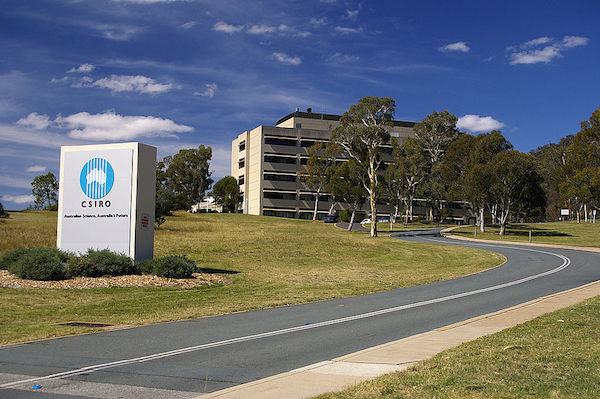Australia could be headed for a dangerous temperature rise of more than 5C by the end of the century, according to a CSIRO report released earlier today.
The report’s projections are the most comprehensive Australia has seen, and are consistent with past predictions of higher temperatures, more extreme weather events, and increases in sea levels and acidity.
The research, which is based on up to 40 global climate models, gives “very high confidence that hot days will become more frequent and hotter,” CSIRO principal research scientist, Kevin Hennessy said.
“We also have very high confidence that sea levels will rise, oceans will become more acidic, and snow depths will decline,” Mr Hennessy said.
The report warns that temperature rises could be as high as 5.1C by 2090, which would represent dramatic increase on the 0.9C rise Australia has already experienced since 1910.
This level of warming would be catastrophic.
Most policy makers have accepted that temperature rises must remain below a 2C increase on pre-industrial levels to avoid ‘dangerous’ global warming.
The 5.1°C increase is based on a ‘high emissions scenario’ which could avoided if governments act to cut carbon emissions.
A ‘low emissions’ scenario would see the temperature increase by between 0.6C and 1.7°C, according to the report.
The CSIRO report follows announcements earlier this month by the Climate Council that 2014 was the hottest year ever recorded globally, and the third hottest in Australia’s recorded history.
All of the world’s hottest years have occurred since 1998, and 2014 was the 38th consecutive year above the average global temperature, according to the Climate Council report.
“We are now halfway through the critical decade for action on climate change,” the Climate Council’s Will Steffen said in the report.
“To slow and then halt the warming trend, we must cut carbon emissions rapidly and deeply.
“2015 is the pivotal year to join global efforts in the lead up to the international climate negotiations in Paris to stabilise the world’s climate and reduce the risk of more extreme weather events,” Mr Steffen said.
The CSIRO report released today is the most comprehensive report on how Australia is likely to be affected by climate change, and provides detailed regional predictions.
You can view the full technical reports here.

Key findings of the report include:
• Southern and eastern Australia is projected to experience harsher fires. Projections for fires in northern Australia and inland are less certain.
• The number of tropical cyclones is projected to decrease but they are likely to be more intense and reach further south.
• More severe droughts are likely, especially for southern Australia.
• Overall, extreme rain events are projected to become more intense, even in areas where the average annual rainfall is predicted to decrease.
• Sea level rises are likely to be consistent with, or slightly greater than, the projected global average of 82cm under a high emission scenario.
The report also details significant changes to patterns of rainfall around the nation.
“We expect that extreme rainfall events across the nation are likely to become more intense, even where annual-average rainfall is projected to decline,” Mr Hennessy said.
In southern mainland Australia, winter and spring rainfall is projected to decrease, but increases are projected for Tasmania in winter.
For the rest of Australia, naturally occurring fluctuations in rainfall patterns will dominate over trends due to climate change until 2030, after which the trends associated with climate change will begin to emerge.
By 2090, winter rainfall is expected to decrease in eastern Australia.
The CSIRO report joins a growing litany of scientific research and action on the political stage and will likely put Prime Minister Abbott under further pressure to commit Australia to stronger action on climate change at the Paris talks this year.
Last year the fifth Intergovernmental Panel on Climate Change (IPCC) report concluded that emissions need to fall by 40 to 70 per cent by 2050 if the world is to give itself a good chance of staying within the 2C limit.
With European Union leaders having recently pledged to cut emissions by 40 per cent by 2030, and clear commitments from China and the U.S. over recent months, international pressure for Abbott to commit Australia to serious action is mounting.
At the Paris talks parties are required to show how their targets are “fair and ambitious”, and in keeping with the goal of achieving a safe climate.
The detailed research published by the CSIRO today on how climate change will affect Australia relied on different global scenarios of emissions of greenhouse gases, aerosols and land-use change developed for last year’s IPCC report.
This is the first time the IPCC modelling – which was the most comprehensive global study to date – has been applied to an Australian context.
Donate To New Matilda
New Matilda is a small, independent media outlet. We survive through reader contributions, and never losing a lawsuit. If you got something from this article, giving something back helps us to continue speaking truth to power. Every little bit counts.



